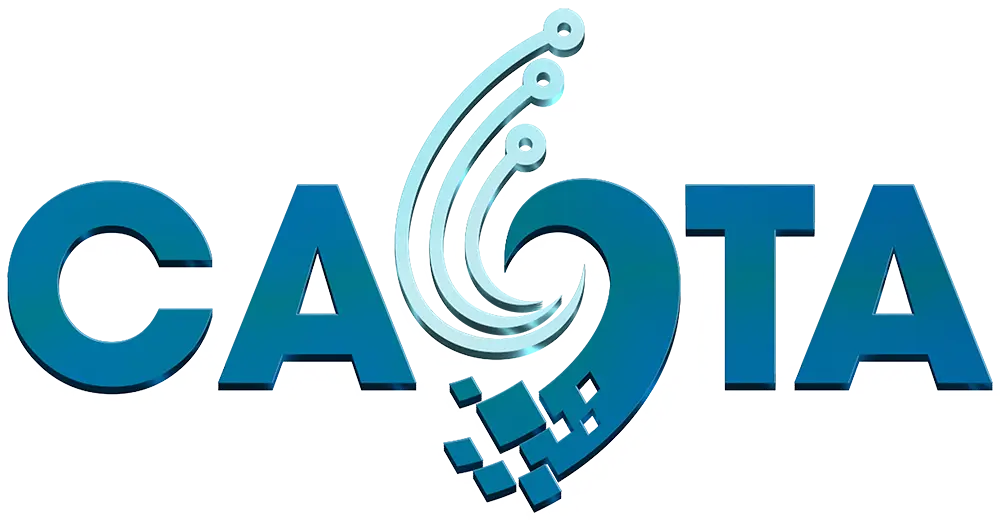As global agriculture enters the digital era, the concept of "smart farming" is no longer unfamiliar. In Vietnam, where many specialty agricultural products such as Da Lat vegetables, Phu Quoc pepper, Ly Son garlic, or ST rice from Soc Trang heavily depend on weather conditions, the application of Internet of Things (IoT) technology has become a key solution for controlling product quality right from the first stage—the field.
IoT in agriculture refers to the use of sensors and internet-connected devices to collect and process data related to the farming environment. These devices can monitor soil moisture, air temperature, pH levels, light intensity, rainfall, and even plant growth in real time. All data is transmitted to a central system where managers—whether farmers or enterprises—can monitor and make decisions via mobile apps or desktop software.

Take, for example, an organic vegetable farm in Lam Dong. By integrating IoT systems, each vegetable bed is equipped with sensors that track soil moisture and light intensity. When moisture drops below the optimal threshold, a drip irrigation system is automatically activated. If the weather suddenly changes, alerts are sent to operators to make timely adjustments. By precisely controlling environmental factors, the produce becomes more uniform, pest-resistant, and of higher yield and quality—something traditional farming struggles to achieve.
For specialty products like tropical fruits, coffee, or pepper—where microclimate factors strongly influence flavor—IoT proves even more effective. In the Central Highlands, several coffee farms have installed sensors to monitor fruit ripening, allowing for optimal harvest timing. This results in batches of coffee with consistent ripeness and rich flavor, highly praised by international roasters. Gone are the days of mass harvesting; crops are now nurtured and harvested based on scientific data.
Beyond sensors, IoT systems also integrate with automated devices such as pumps, ventilation fans, UV lights, or precision fertilizer dispensers. In greenhouses growing strawberries, melons, or high-quality flowers, these technologies help regulate the microclimate, ensuring optimal conditions for crops to meet standards. As a result, achieving certifications like VietGAP, GlobalGAP, or organic becomes more feasible—serving as a “passport” for entry into supermarkets or export markets.
The benefits of IoT go beyond product quality and open the door to smart farm management. Producers can track cultivation logs, plan fertilization and disease control, or analyze historical data to improve future crop cycles. When the entire process is documented, transparent, and technology-controlled, traceability becomes simple, while risks and production costs are significantly reduced.
However, implementing IoT on a small scale still faces several barriers. First is the relatively high initial investment—a basic sensor system can cost tens of millions of VND. Second is the technical know-how required for operation and maintenance, which many small farmers lack. Moreover, internet connectivity in remote areas remains unstable, affecting data transmission.
The solution lies in cooperative models, where multiple farming households jointly invest in shared systems, or the government provides initial funding support. Agri-tech startups can offer "packaged IoT solutions," simplifying software for ease of use while providing regular maintenance services. In parallel, technical training sessions are essential to guide farmers in using the technology effectively, thereby gradually shifting their production mindset.
When crops are no longer just the result of weather or traditional experience, but the outcome of data-driven, intelligent control, that's when local specialty products truly step up in value. IoT technology not only makes agriculture more precise but also allows products to enter global markets with a clear traceability record—from farm to table. This is the future of modern agriculture—where quality is guaranteed by technology.
Ngày đăng: 20-05-2025
Tác giả: Kim Anh

